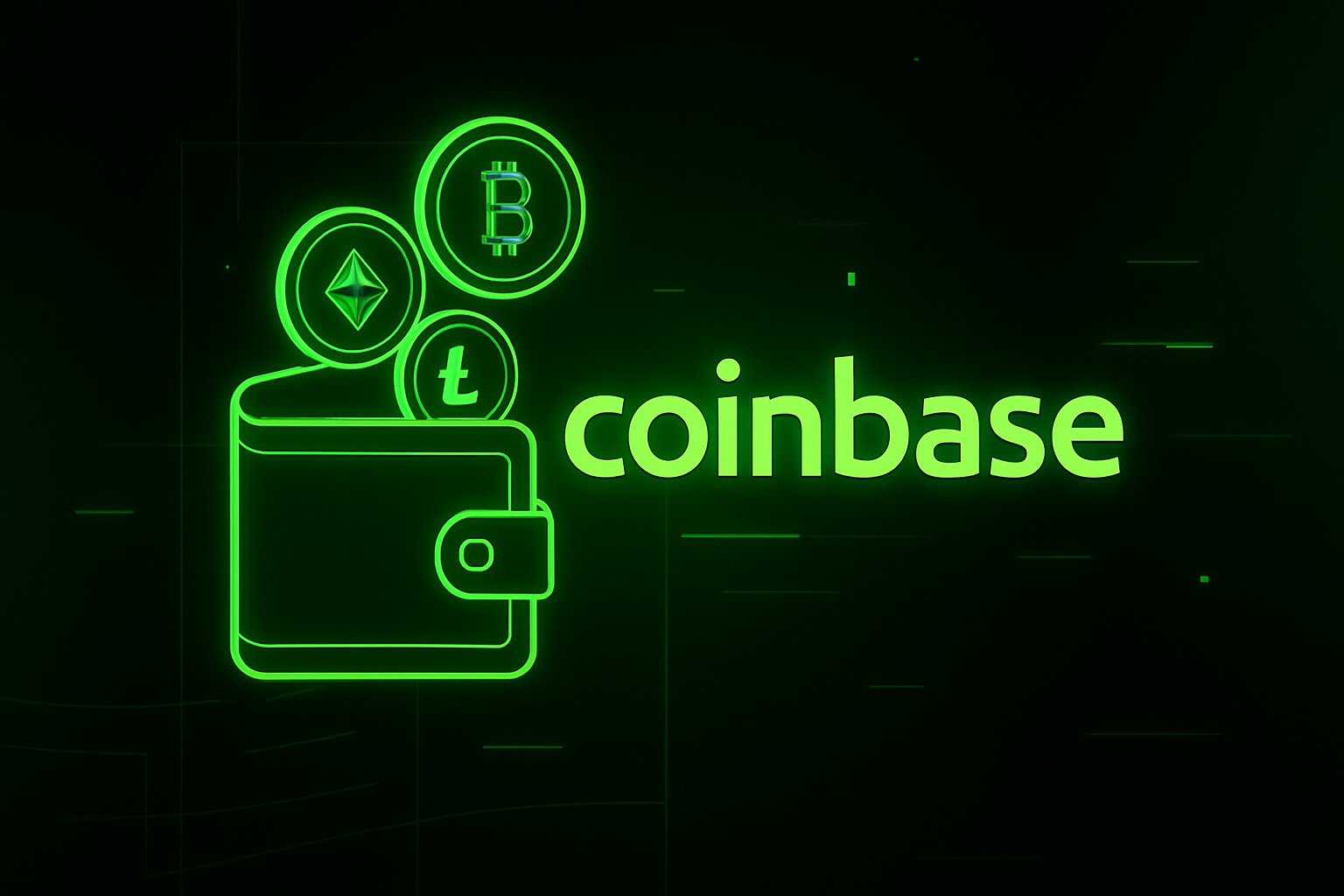Defi
BlackRock Expands BUIDL to Solana as AUM Surges Past $1.7 Billion

BlackRock, the world’s largest asset manager, has expanded its tokenized money market fund, BUIDL, to the Solana blockchain, marking another significant milestone in the institutional adoption of blockchain technology. This move comes as BUIDL’s assets under management (AUM) surpass $1.7 billion, demonstrating strong investor interest in on-chain financial products.
Solana Becomes the Seventh Blockchain for BlackRock’s BUIDL
According to a statement issued on Tuesday, BlackRock’s BUIDL fund—a tokenized money market fund offering yield-bearing U.S. Treasury assets—has officially integrated Solana (SOL). This makes Solana the seventh blockchain to support BUIDL, expanding its multi-chain accessibility and reinforcing BlackRock’s commitment to blockchain-based finance.
The addition of Solana brings higher transaction speeds and lower costs, aligning with BlackRock’s goal of enhancing institutional participation in tokenized assets. With Solana’s growing DeFi ecosystem and institutional adoption, the integration could attract a broader range of investors seeking efficient, on-chain financial solutions.
BUIDL’s Surging AUM Reflects Strong Demand for Tokenized Finance
Since launching earlier this year, BlackRock’s BUIDL fund has grown rapidly, surpassing $1.7 billion in AUM. The fund’s popularity highlights rising institutional interest in blockchain-powered investment vehicles, particularly those backed by stable, yield-generating assets like U.S. Treasuries.
Tokenized assets have gained momentum as major financial institutions explore blockchain’s ability to improve liquidity, transparency, and settlement efficiency. BlackRock’s push into the sector further legitimizes tokenization as a key component of the future financial landscape.
BlackRock’s Growing Footprint in Blockchain and Crypto
BlackRock has been aggressively expanding its presence in digital assets, launching several crypto-related investment products, including spot Bitcoin ETFs and blockchain-based funds. The firm’s ongoing adoption of multiple blockchains for BUIDL indicates a long-term commitment to integrating blockchain into TradFi.
With Solana now part of BlackRock’s tokenized investment ecosystem, the firm is likely to continue exploring new blockchain integrations and expanding its tokenized asset offerings. This latest move strengthens Solana’s position as a major blockchain for institutional-grade financial products.
Defi
Coinbase Launches Embedded Developer Wallets via CDP

Coinbase has introduced CDP Server Wallets, also known as Embedded Wallets, enabling developers to seamlessly integrate secure, managed wallets into their applications with no private key handling. These wallets are deployed and controlled through Coinbase’s Developer Platform (CDP) via fast APIs.
What Are Embedded Wallets?
CDP Server Wallets offer a turnkey solution for builders needing programmatic access to on-chain execution without self-custody burdens. Wallets are hosted in secure enclaves, enforce transaction limits and allowlists, and provide smart policy controls—such as spend caps or contract access restrictions—all managed via API.
These wallets support multiple blockchains (EVM-compatible and Solana) and are compatible with standard developer tools like ethers.js, wagmi, and viem, allowing deployment in under 200 milliseconds.
Use Cases and Utility
Embedded Wallets are tailored for builders creating apps that require native wallet integration:
- Mass payments and payroll bots
- AI agents executing trades
- Smart contract interactions in apps and dApps
- Onrampenabled flows via Coinbase tooling
With no seed phrases or pop-ups, this solution reduces onboarding friction—ideal for Web2-like experiences in crypto-native apps.
Security at the Core
Key security features include wallet policies that block dangerous transactions by design: e.g., validating destinations, restricting amounts, or blocking known malicious smart contracts. These controls operate in Coinbase’s Trusted Execution Environment.
Wallet keys are never exposed even to Coinbase, ensuring high trust while preserving decentralization benefits.
Developer-Ready Ecosystem
Coinbase is actively promoting embedded wallets through its CDP Builder Grants, offering up to $30K in funding for developers integrating wallets, Onramp, and Swap APIs in their user flows.
An early-access program is also live for teams eager to test Embedded Wallets ahead of general availability.
Strategic Significance
Embedded Wallets represent a major architectural shift—bridging traditional Web app user experiences with on-chain execution. By abstracting key management and security policies, Coinbase enables developers to onboard new types of users into crypto-native products with minimal friction. This toolset echoes broader efforts to define wallet-as-a-service solutions for mainstream adoption.
Defi
BNB Hits a Snag at Record High as Weak Volume Hints at Possible Pullback

Binance Coin (BNB) recently reached a new all-time high near $800, but the lackluster trading volume behind the move has sparked concerns about a weakening rally and potential correction.
Struggling with Resistance
After touching the $800 mark, BNB has failed to close decisively above it. Price appears to be capped at the upper boundary of its range, with no strong follow-through to confirm a sustained breakout. Without a strong volume push, analysts warn that this lack of conviction could lead to a pullback.
Volume Weakness: Key Warning Sign
Volume trends reveal a lack of backing behind BNB’s latest surge. While price inches higher, traders show hesitation, suggesting the rally could be a short-term exhaustion move. On the weekly chart, a slight upper wick has formed—another red flag indicating potential resistance at current levels.
Support Zones to Watch
If BNB begins to retreat, initial support lies around $600, the midpoint of its multi-month trading range and a high-volume node. A deeper pullback could test the $540 level, representing the lower edge of the range and another point of prior accumulation. Failure to hold these zones may invite a deeper slide toward $400.
Market Implications
BNB’s pause at resistance and weak volume occur against a backdrop of mixed signals in Altcoin markets. With Bitcoin consolidating near $120K and some altcoins stalling, a broader corrective phase could be underway. A sustained BNB dip may pressure sentiment across the crypto ecosystem.
- Bull Case: A strong breakout above $800—ideally on rising volume—could validate a new leg upward toward $900+.
- Bear Case: Continued volume weakness may force BNB to retrace to $600 or below, possibly retesting $540 to reset before another test. Lower support at $400 sets the stage for a prolonged consolidation.
Takeaway
Traders should watch for a weekend close above $800 with reliable volume to confirm breakout strength. Absent that, prepare for a test of mid-range support levels.
This moment is a reminder of how volume validates moves BNB’s next direction hinges not just on price, but sustained trader conviction.
Defi
DeFi Loses $1.2M as Fake Uniswap Sites Flood Google Ads

One unlucky DeFi user lost an alarming $1.23 million worth of Uniswap V3 position NFTs after falling prey to a sophisticated phishing scam promoted through Google Ads. The scam utilized fake Uniswap sites that mimicked the real platform, showcasing how even decentralized finance users can be vulnerable to cleverly disguised threats.
How the Scam Played Out
According to blockchain security tracker Scam Sniffer, the victim connected to a malicious website designed to imitate Uniswap. Without exchanging private keys, the user unknowingly approved a transaction granting the scammer unrestricted authorization over their wallet. This led to the immediate transfer of the NFTs.
By exploiting on-chain permissions, the attackers bypassed typical security safeguards, underscoring how a single transaction signature can compromise massive holdings.
Google Ads as a Phishing Vector
Alarmingly, the fake Uniswap site was ranked at the top of Google search results through paid AdWords, effectively hijacking user traffic. These ads frequently leverage Punycode URLs, visually indistinguishable strings using Cyrillic characters, to appear legitimate.
Users don’t have to divulge sensitive information like private keys; simply approving a contract with malicious permissions is enough to lose assets. The wide prevalence of such ads raises critical questions about Google’s ad-verification protocols—and its role in facilitating scams.
Growing Sophistication in DeFi Scams
Phishing via cloned websites is not new, but this incident highlights several emerging tactics:
- Invisible-to-average-user URL spoofing via Punycode.
- Ad-funded legitimacy, increasing visibility through trusted platforms.
- Stealthy NFT drain attacks, targeting high-value, non-fungible assets.
Skeptics argue that current security measures such as wallet warnings and browser alerts are insufficient without improved user education and stricter ad platform controls.
Protecting Against Phishing and Fake Sites
To reduce risk, users should take the following precautions:
- Double-check URLs, especially after clicking ads.
- Manually bookmark DeFi platforms instead of relying on search links.
- Use hardware wallets or tools that flag suspicious permissions.
- Limit smart contract approvals by setting spending caps or single-use permissions.
These proactive steps are essential defenses in today’s risky DeFi ecosystem.
Regulatory and Tech Responses Needed
Incidents like this have reignited calls for:
- Better oversight of crypto-related ad content, especially on Google Ads.
- Decentralized anti-phishing tools with real-time alerts for suspicious contracts.
- Cross-community initiatives bringing together search platforms, developers, and law enforcement to curb abuse.
Without concerted action, lenders, liquidity providers, and NFT collectors remain exposed to these evolving, high-stakes phishing campaigns.




